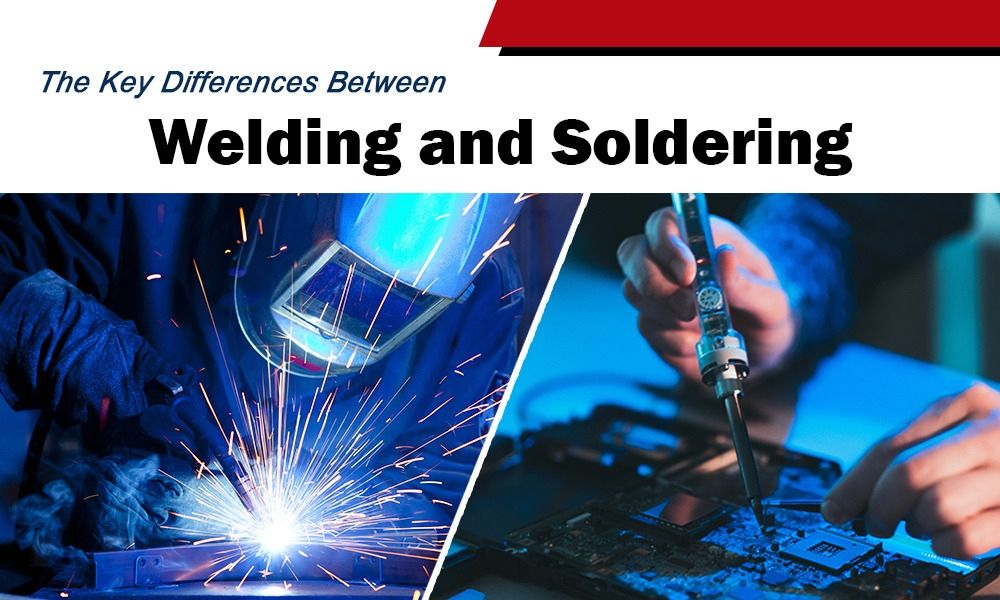Welding is known to the everyman as a process that melts and joins together two pieces of metal. While this is true, professionals know that not all metal crafting falls into the same category. Welding covers a lot of ground, and it’s utilized in over 50% of products manufactured in the U.S. There are some projects, however, that require a delicacy that is not achievable with welding. This is where soldering often comes into play.
Welding
Welding is predominantly used in mechanical projects. Heat is used to melt metal until it fuses together and creates a solid joint, which results in a sturdy piece that can withstand a substantial amount of abuse. There are a few different processes used in the craft that can either be tailored to the project or to the welder’s preference. One of these is Oxy-fuel welding, which sources its heat from oxyacetylene gas. A more common method, however, is arc welding, which creates sparks from heat created by an electric arc. These techniques are often used in conjunction with a filler—commonly known as a welding rod. This is a slim, third piece of metal used to bind the two others.
How to Choose the Right Welding Rod
The type of rod used is dependent on the project. Tasks that require intensive welding, such as repairs on heavy machinery, are best served by cast iron welding rods, which work better than other options because they are less susceptible to wear and tear.
Metals used in welding include:
- Carbon steel
- Stainless steel
- Titanium
- Aluminum
- Cast Iron
- Copper Nickel
Soldering
Soldering works well for electrical equipment and jewelry. This method uses heat and less labor than welding. The filler metal melts below 840°F. Soldered joints don’t match welded joints in strength, but that often suits the application. Small electrical parts, like those on circuit boards, rely on soldering. Welding usually requires heat treatment afterward. Soldering does not.
Differences
One of the biggest differences between the two processes is that soldering does not require the base metal to be melted to create a bond. In welding, the base metal must always be melted.
Metal used in soldering include:
- Brass
- Copper
- Gold
- Silver
- Iron
Due to their respective processes, welding requires far more experience than soldering does. It’s a more intensive process and presents more potential dangers, hence why it requires far more training. Soldering is easier to learn and presents less risk to users.

